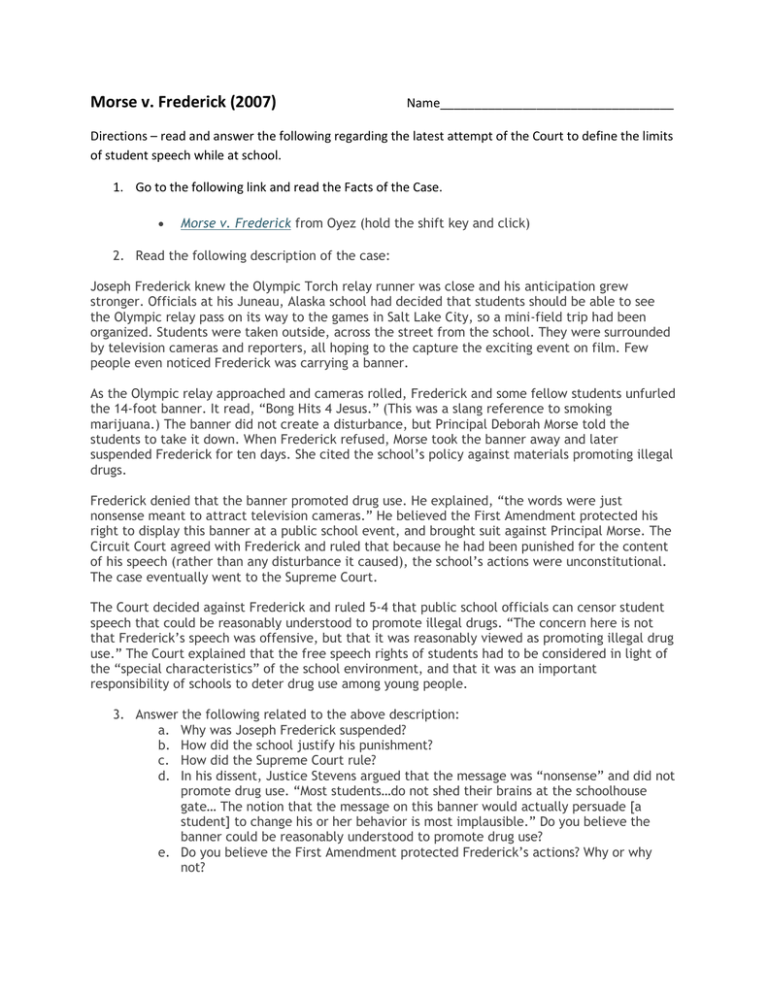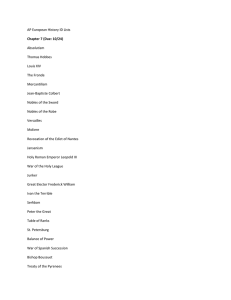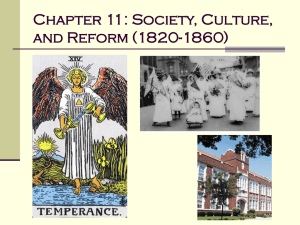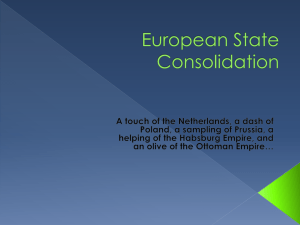Morse v. Frederick (2007)
advertisement

Morse v. Frederick (2007) Name__________________________________ Directions – read and answer the following regarding the latest attempt of the Court to define the limits of student speech while at school. 1. Go to the following link and read the Facts of the Case. Morse v. Frederick from Oyez (hold the shift key and click) 2. Read the following description of the case: Joseph Frederick knew the Olympic Torch relay runner was close and his anticipation grew stronger. Officials at his Juneau, Alaska school had decided that students should be able to see the Olympic relay pass on its way to the games in Salt Lake City, so a mini-field trip had been organized. Students were taken outside, across the street from the school. They were surrounded by television cameras and reporters, all hoping to the capture the exciting event on film. Few people even noticed Frederick was carrying a banner. As the Olympic relay approached and cameras rolled, Frederick and some fellow students unfurled the 14-foot banner. It read, “Bong Hits 4 Jesus.” (This was a slang reference to smoking marijuana.) The banner did not create a disturbance, but Principal Deborah Morse told the students to take it down. When Frederick refused, Morse took the banner away and later suspended Frederick for ten days. She cited the school’s policy against materials promoting illegal drugs. Frederick denied that the banner promoted drug use. He explained, “the words were just nonsense meant to attract television cameras.” He believed the First Amendment protected his right to display this banner at a public school event, and brought suit against Principal Morse. The Circuit Court agreed with Frederick and ruled that because he had been punished for the content of his speech (rather than any disturbance it caused), the school’s actions were unconstitutional. The case eventually went to the Supreme Court. The Court decided against Frederick and ruled 5-4 that public school officials can censor student speech that could be reasonably understood to promote illegal drugs. “The concern here is not that Frederick’s speech was offensive, but that it was reasonably viewed as promoting illegal drug use.” The Court explained that the free speech rights of students had to be considered in light of the “special characteristics” of the school environment, and that it was an important responsibility of schools to deter drug use among young people. 3. Answer the following related to the above description: a. Why was Joseph Frederick suspended? b. How did the school justify his punishment? c. How did the Supreme Court rule? d. In his dissent, Justice Stevens argued that the message was “nonsense” and did not promote drug use. “Most students…do not shed their brains at the schoolhouse gate… The notion that the message on this banner would actually persuade [a student] to change his or her behavior is most implausible.” Do you believe the banner could be reasonably understood to promote drug use? e. Do you believe the First Amendment protected Frederick’s actions? Why or why not? Answer the questions from page 1 (a-e) on the lines below. a)__________________________________________________________________________________ b)__________________________________________________________________________________ c)__________________________________________________________________________________ d)__________________________________________________________________________________ e)__________________________________________________________________________________ 4. Read the political cartoon on the following page and create the final scene based on your knowledge of how the court ruled in this case.





